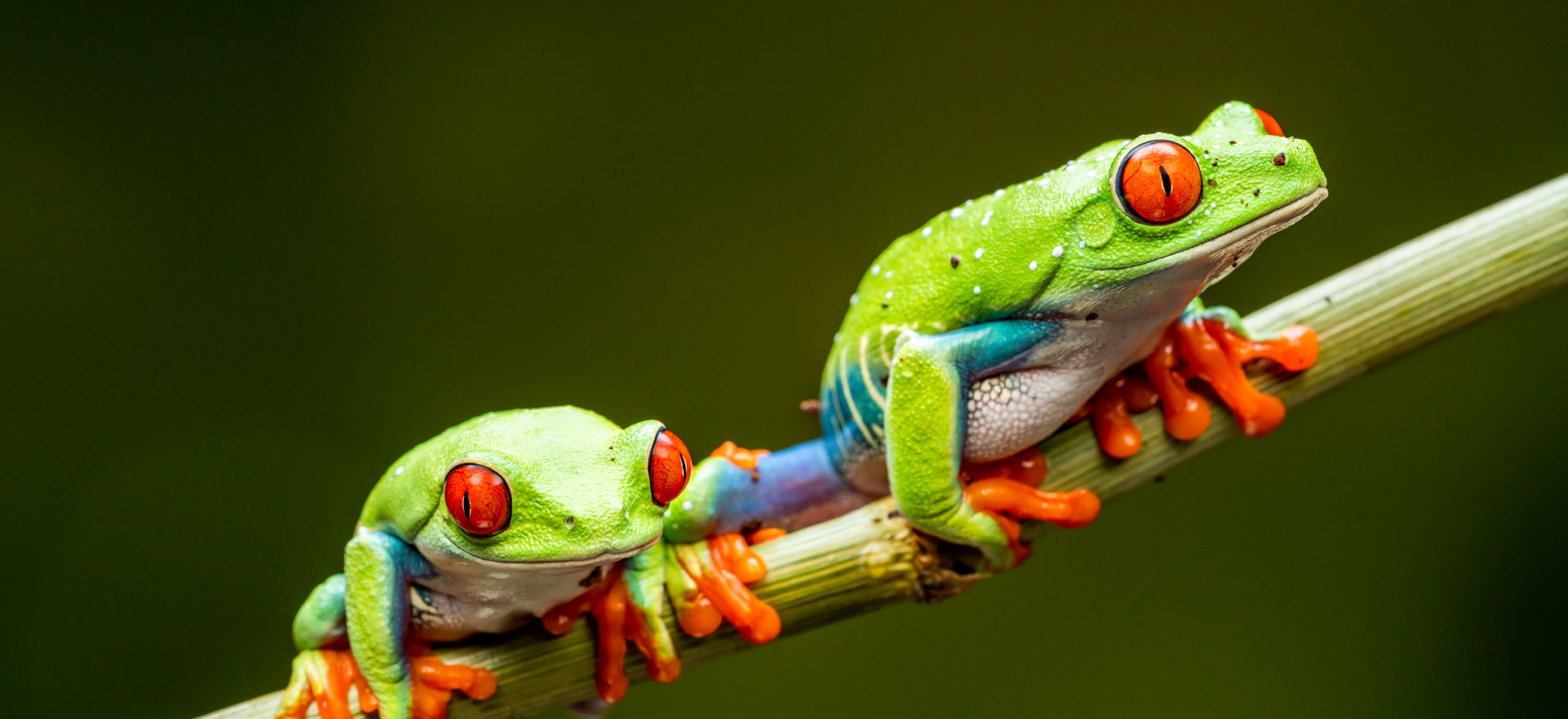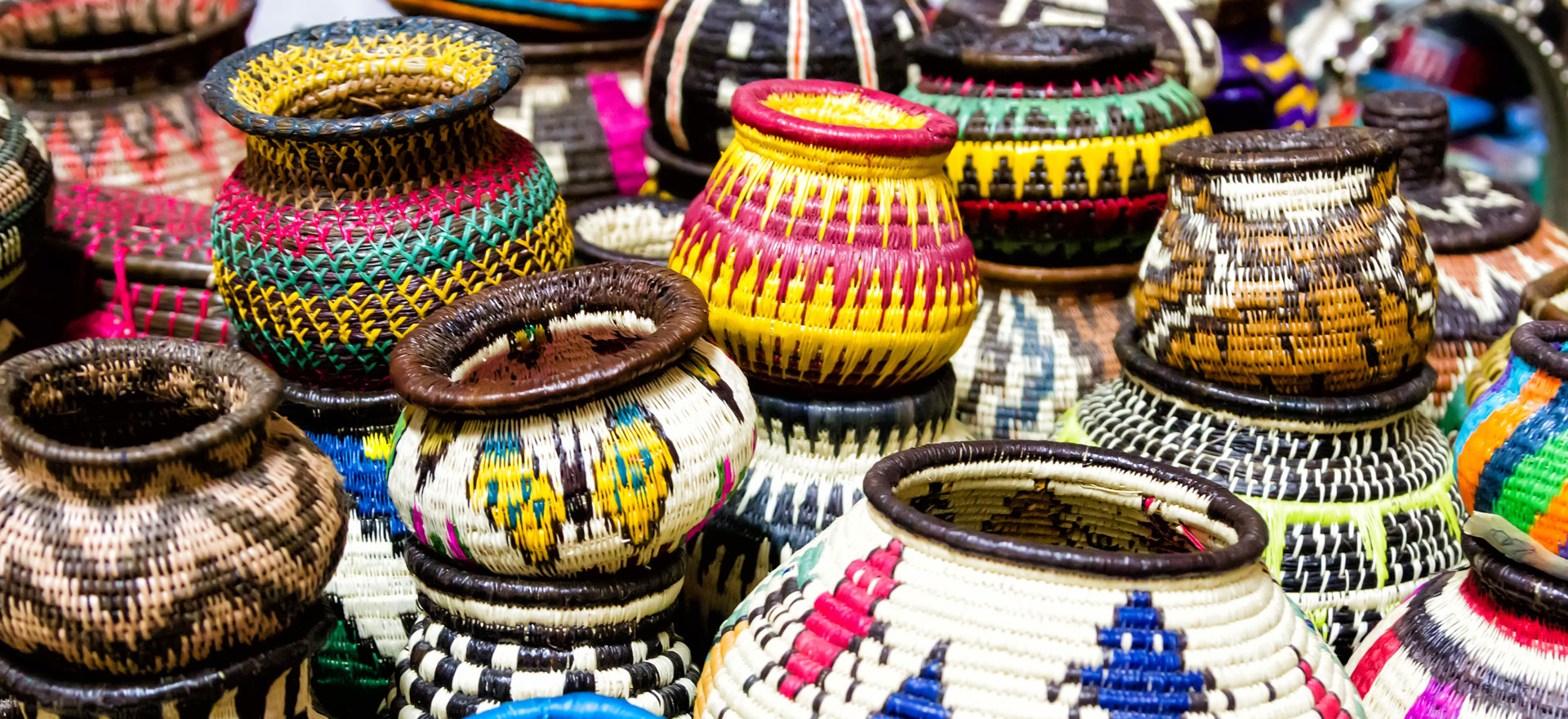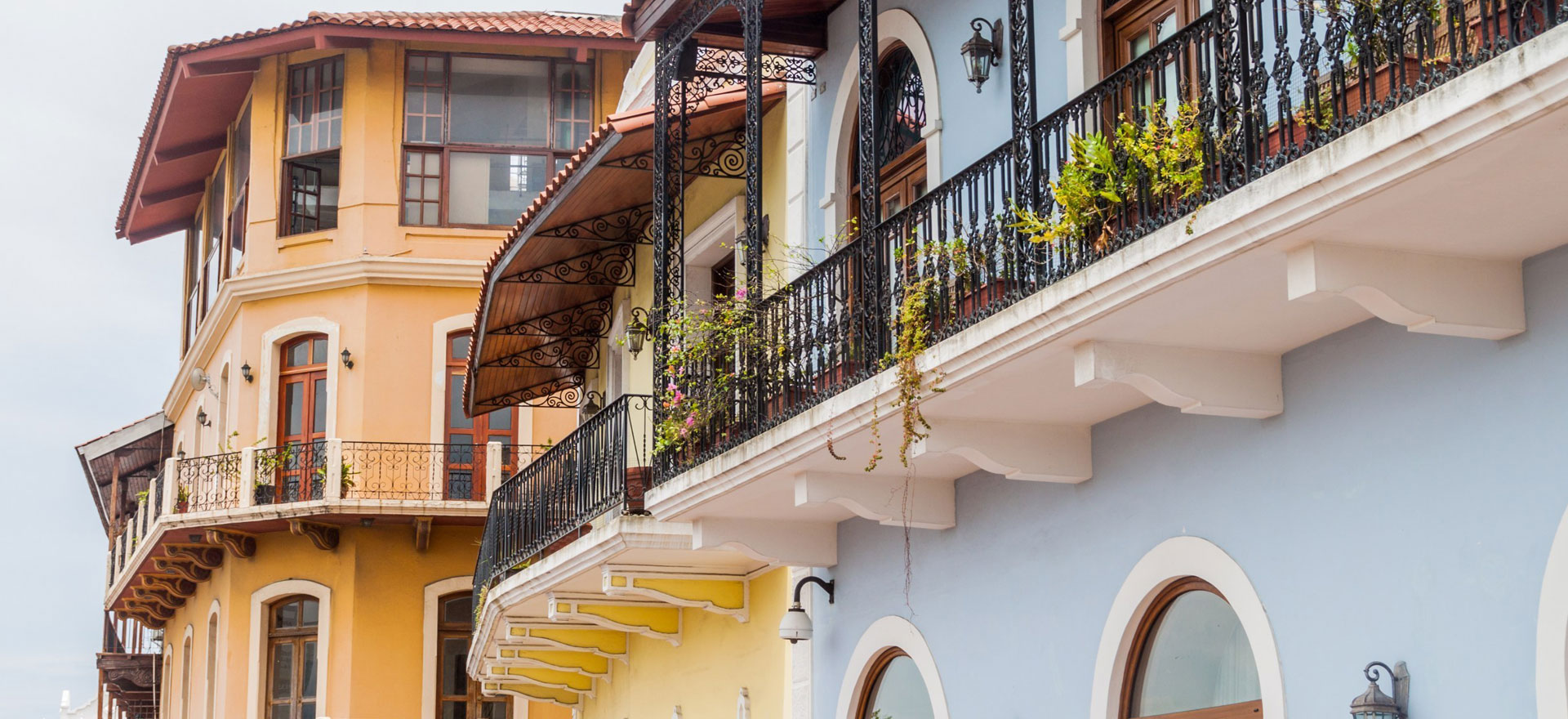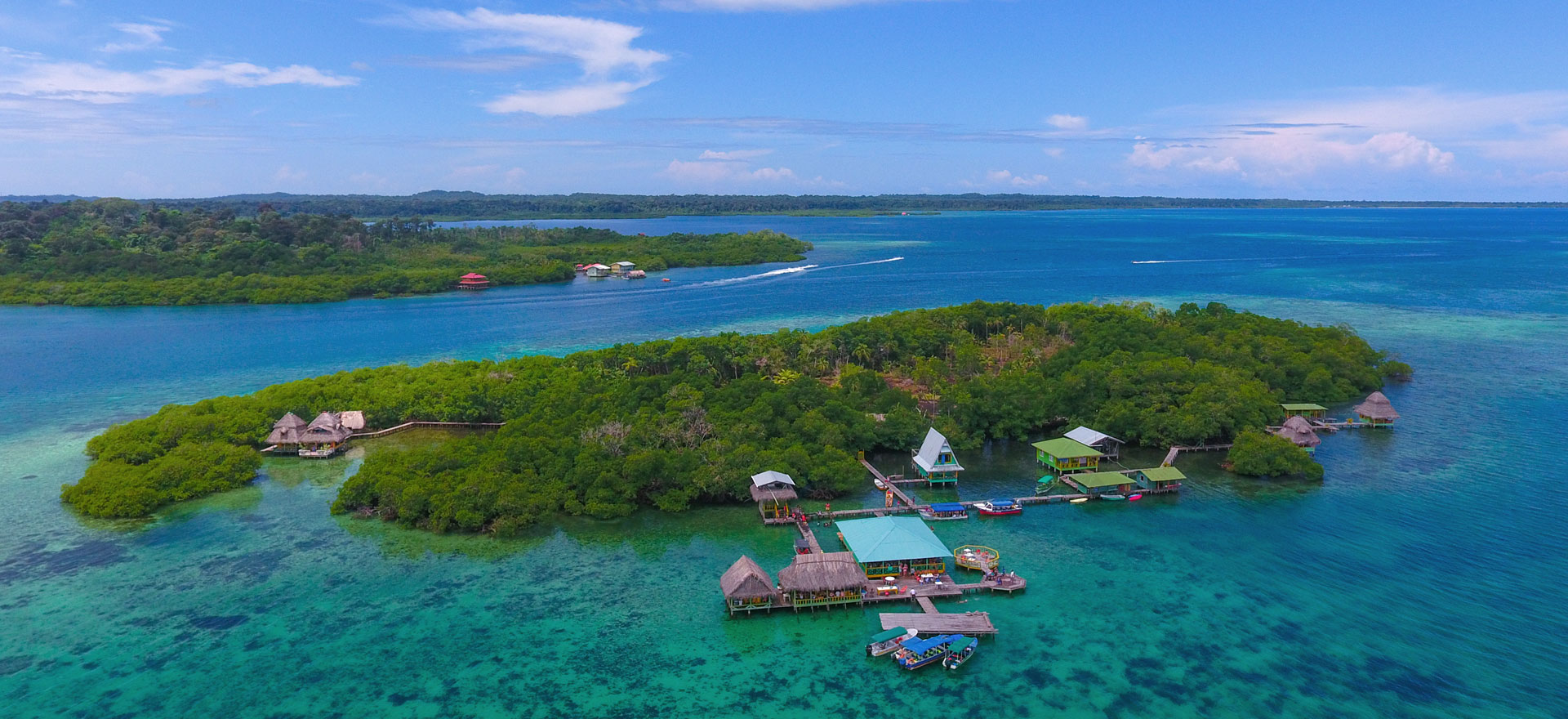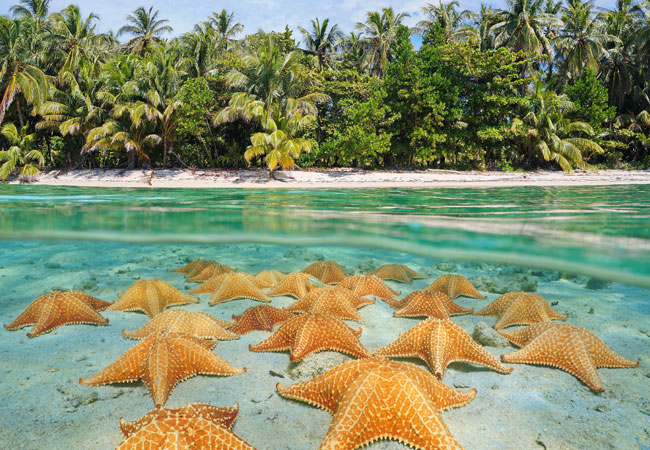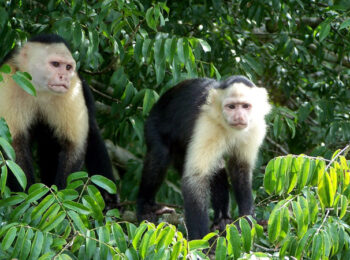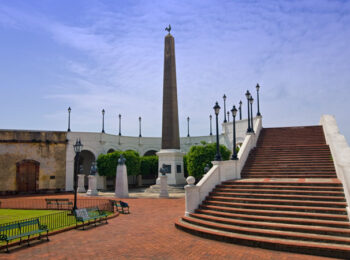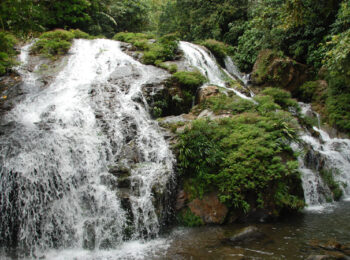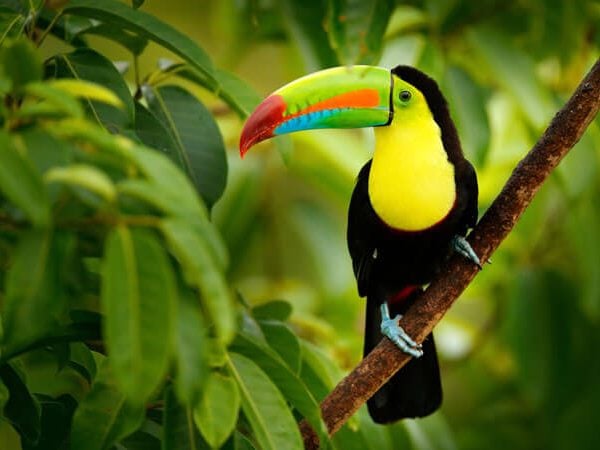Panama – From the Cloudforests to the Caribbean
Panama is home to some of the wildest rainforests in the Americas, seas teeming with wildlife, and the rich heritage of its Hispanic and indigenous populations. We start this trip in Panama City, a vibrant metropolis that marries the old and new with enviable ease, visiting the famous Panama Canal and the quaint colonial centre of its old quarter, tasting traditional dishes along the way.
From here we head south to the rugged Azuero Peninsula, a land of white washed churches and family run ranches. It’s here that local traditions are perhaps at their strongest, and the region is a treasure trove of crafts and culture. We visit a typical farm and explore picturesque towns that are a world away from the modern capital, where the pace of life is gentle and rural customs hold sway.
From here we head to the mountains, forests and waterfalls of Santa Fe National Park, exploring on foot and by vehicle, then continue to the highland town of Boquete. This is a centre for Panama’s coffee growing industry, and no stay here would be complete without seeing how this is grown and produced. Nearby lie the dense forests of La Amistad National Park, one of the most biodiverse regions on the planet – we explore the park in search of wildlife such as sloth, monkeys and harpy eagle.
Our final stop on our journey through Panama is the idyllic archipelago of Bocas del Toro, on the Caribbean side of the country. We meet the indigenous Ngobe Bugle people and see how they are retaining their traditions, and take a boat trip through the islands. One of the most impressive sights here is a beach where large numbers of starfish can be found – we also visit the Isla Pajaros with its rich birdlife, and look out for dolphins and turtles along the way.
From the natural world to charming colonial architecture and a wealth of traditions, experience the best of a little known part of Central America.

